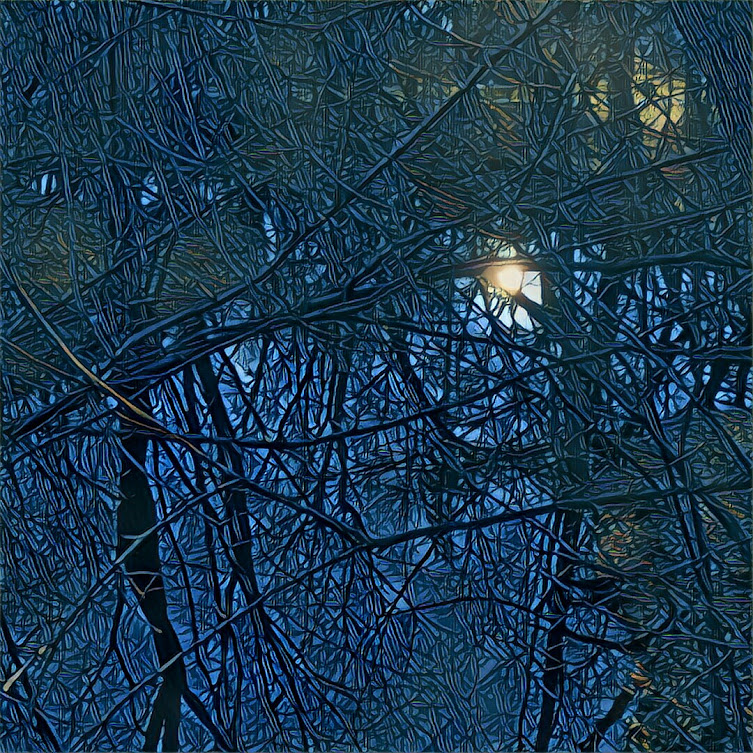I am coming face-to-face with these stories lately, in the way that our brains seek and find that to which we give our energy and thought.
Spending one long afternoon exploring a reconstructed native tallgrass prairie and oak savanna, I found myself in the midst of one.
Before the Europeans came to North America, tallgrass prairie and oak savanna (a transitional landscape between woodland and prairie) covered much of this area. The fertile soil called "prairyerth" once supported millions of animals, birds, insects, reptiles and plants. Now, only a tiny fraction of a fraction remains.
That is a profound loss and a great sadness. How many oak trees, I wonder, were felled in this square mile, to convert the savanna to farmland, in the years before this house we live in was built in 1922?
But this is where the hope comes in. Many, many people are mending. Restoring what was. Healing the land in all sorts of inspiring ways.
And the blessing of sadness is that it makes you more open to everything that is sad, and also everything that transcends sadness, or that has been made whole; like the subtle magic of a wide-sky, wind-tossed prairie reclaimed from farmland.
"She who tells the prairie mystery must hear the prairie in her heart." --William A. Quayle
"I would be converted to a religion of grass," writes novelist Louise Erdrich, then goes on to describe what the prairie tells us: "Bow beneath the arm of fire...Be lovely and do no harm."
Coming around this curve, my eye was caught by the sunlight glowing through two large ears, belonging to a white-tailed fawn across the grass-scape, resting as her mother grazed a few feet away.
We watched each other in stillness, each in our own species-sphere. Long enough for me to take a photo. Then the doe caught my scent and together they bounded off into the brush, flashing their tails. I heard them circling back around in the distance, heading into the woodland over the hill. So I waited for them to get away so that they wouldn't feel pursued.
It was like walking in a neverending present, in a place that felt intensely itself.
 |
| Red Admiral |
 |
| Flowering Spurge |
Of this particular redemption story, Al Johnson, who undertook the reconstruction in 1965, said, "Although the process is slow and painstaking, we feel the results are well worth the effort...The flash of blazingstar and sunflower in the summer, the waving of bluestem and Indian grass are sights that as they grow rarer, become more precious to us and our children."
 |
| Rough Blazingstar |
 |
| Tall Blazingstar |
 |
| Boneset |
 |
| Echinacea |
"To see and know a place is a contemplative act. It means emptying our minds and letting what is there, in all its multiplicity and endless variety, come in." --Gretel Ehrlich
My next mending project: Dig out the daylilies behind my garage and put back a bit of prairie.
Prairie quotes from the Bennett/Johnson Prairie Field Guide.


















Lovely! I adore these posts, Carmine. As a fellow American it's amazing to learn about our lands which are rather foreign to me (I grew up in basically the tropics!!) And that photo of the deer is just perfection. I'm working on a painting of a young buck and I'm hoping I've captured what you have-- their exquisite and elegant stillness. Sending blessings
ReplyDeleteThere are so many different kinds of biomes in the U.S., it is amazingly diverse when you think about it...Florida is like another country compared to Minnesota! I hope you share the deer painting with us, I loved the one of your night wolf visitor.
Delete